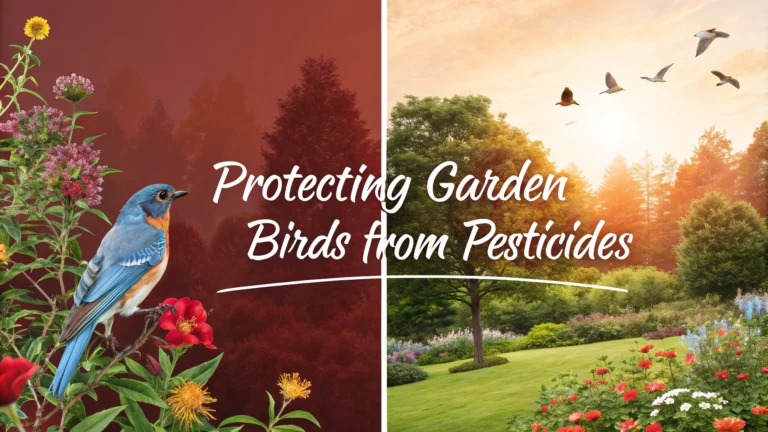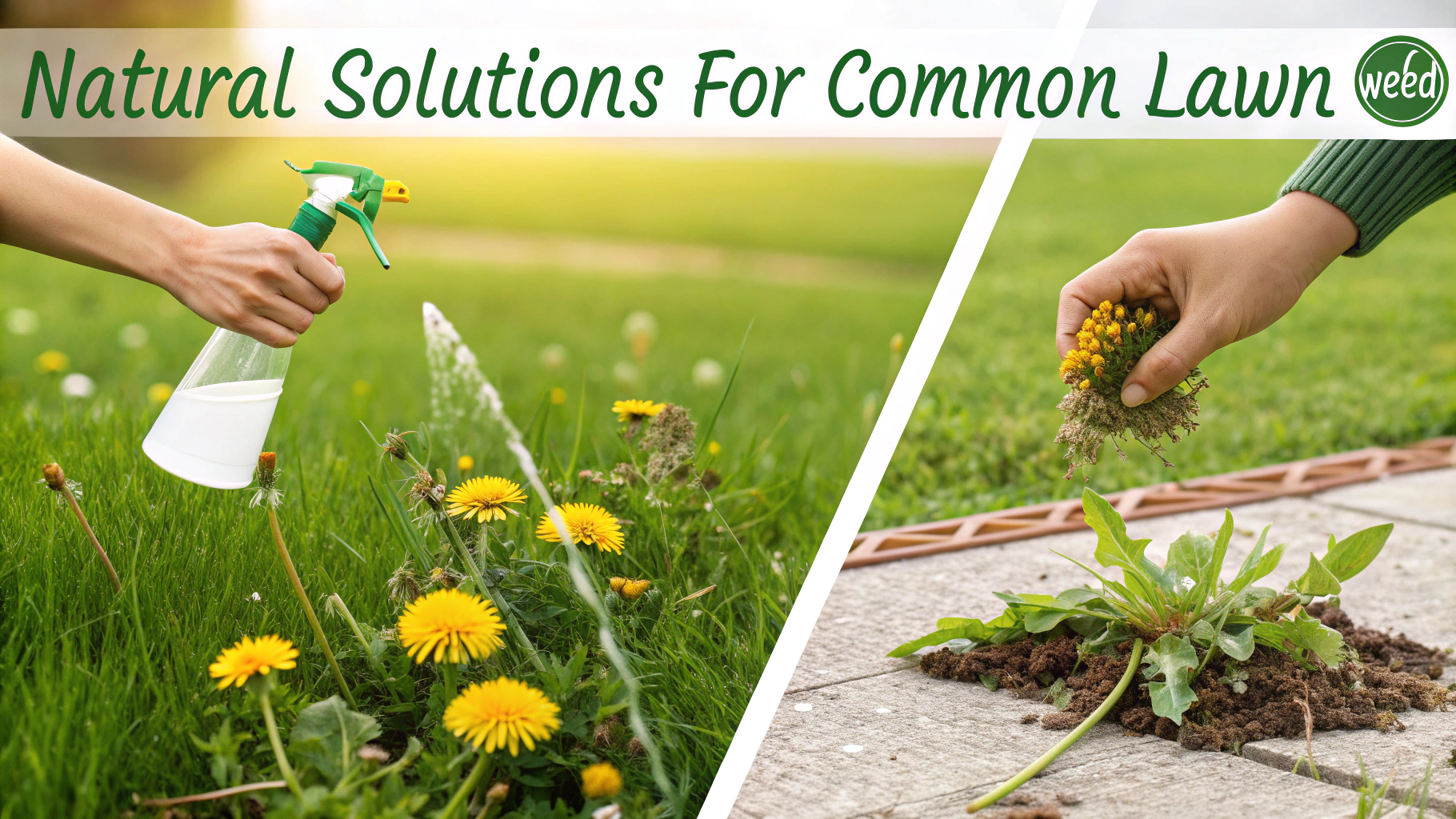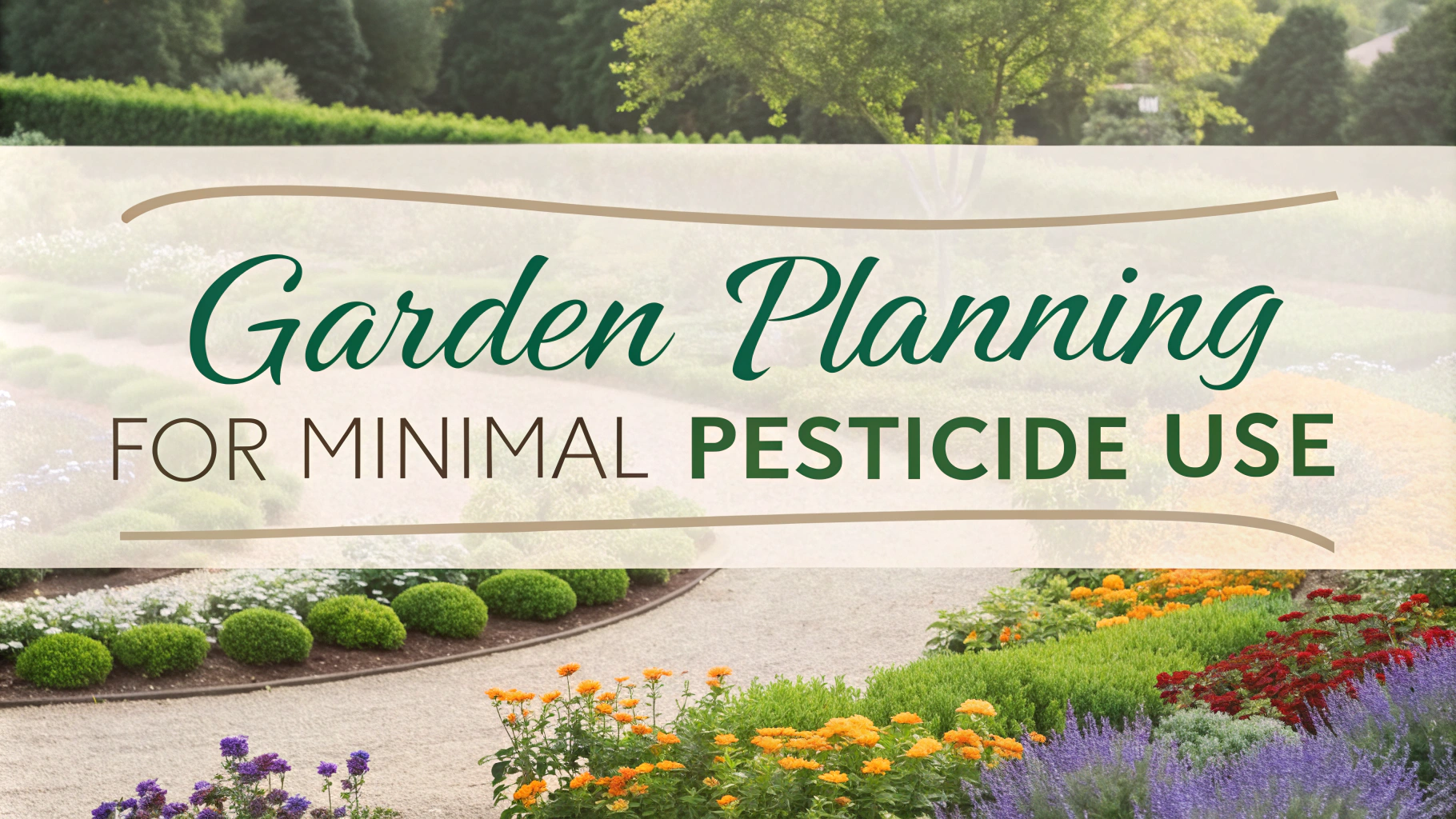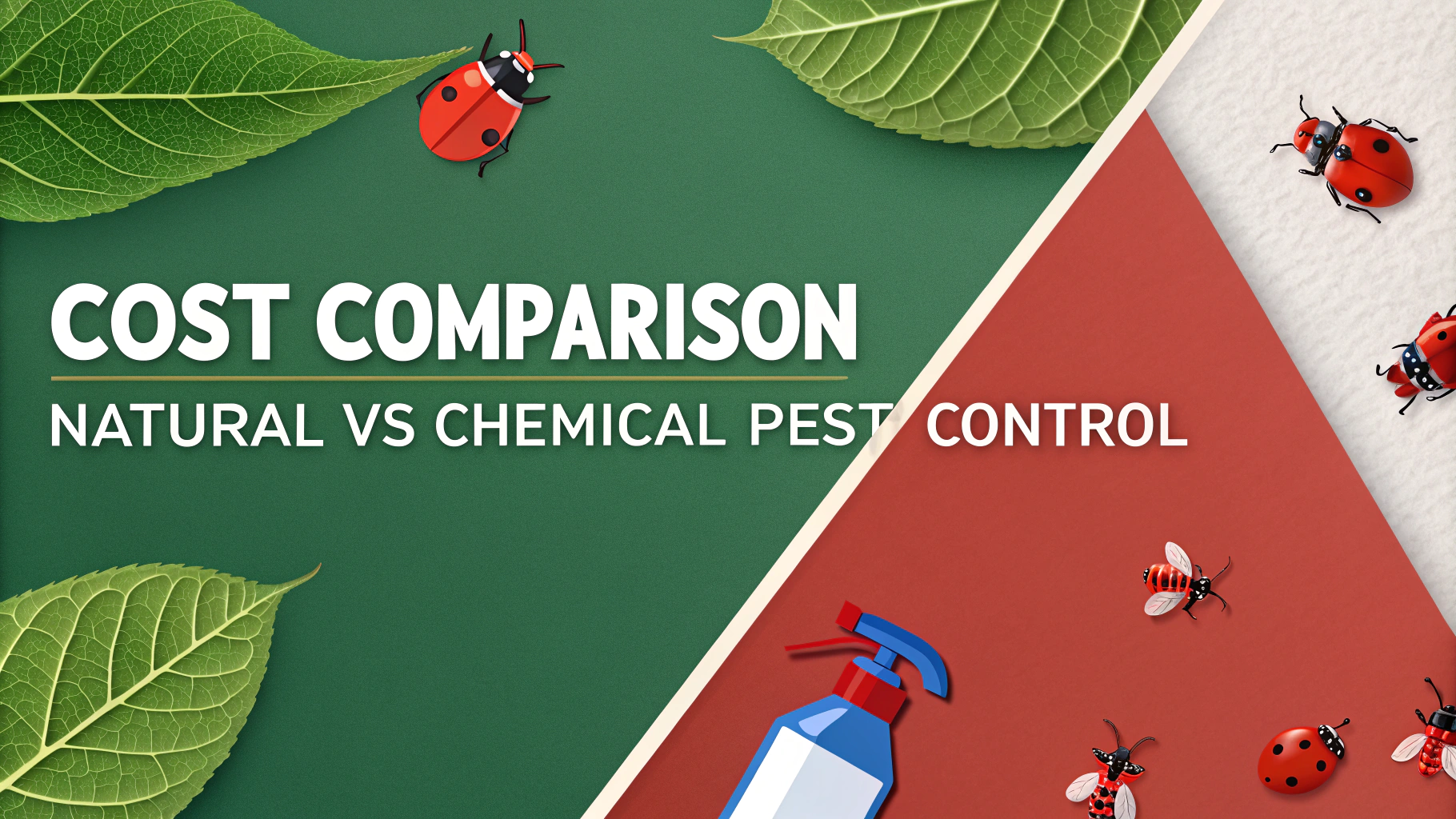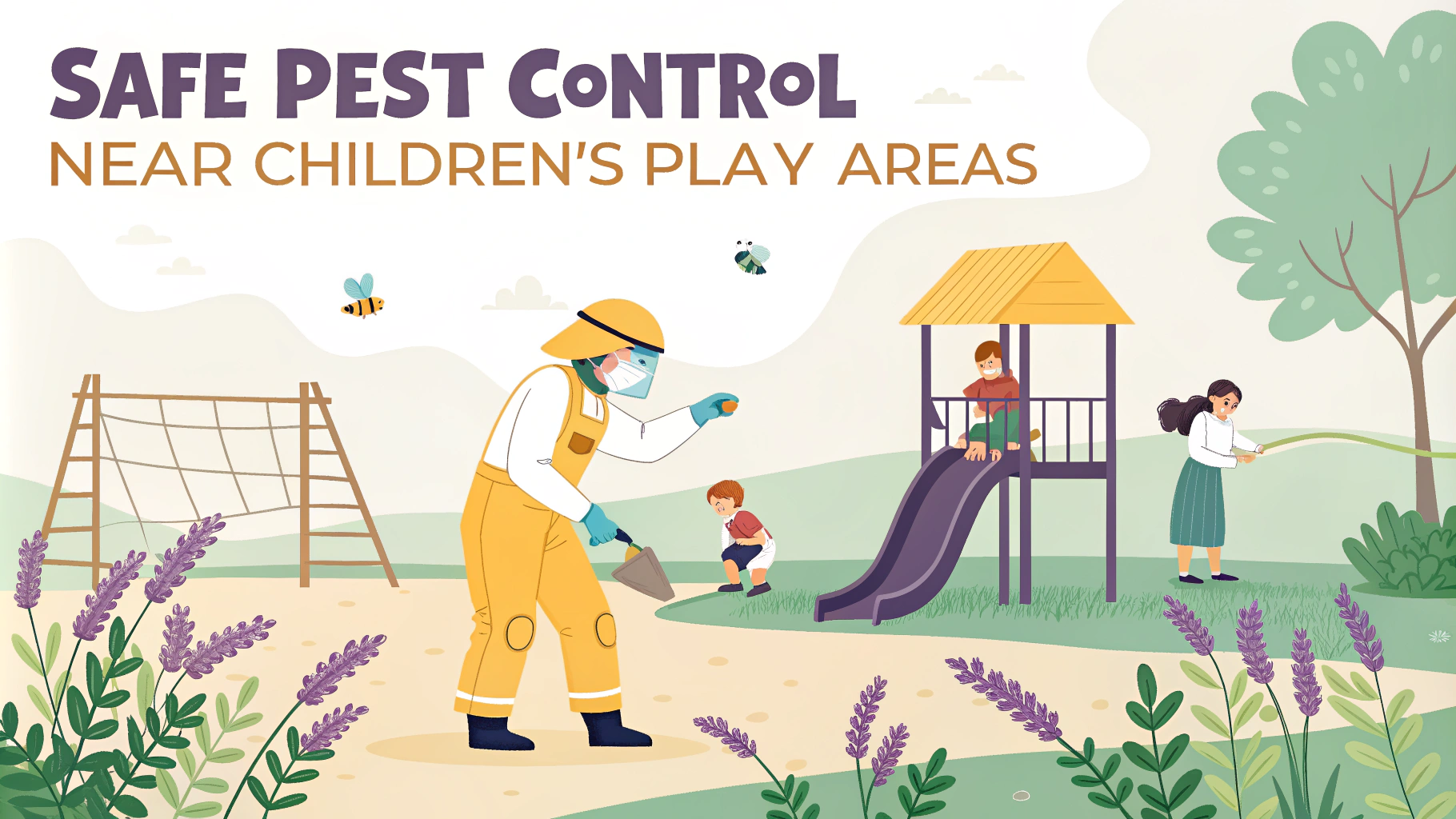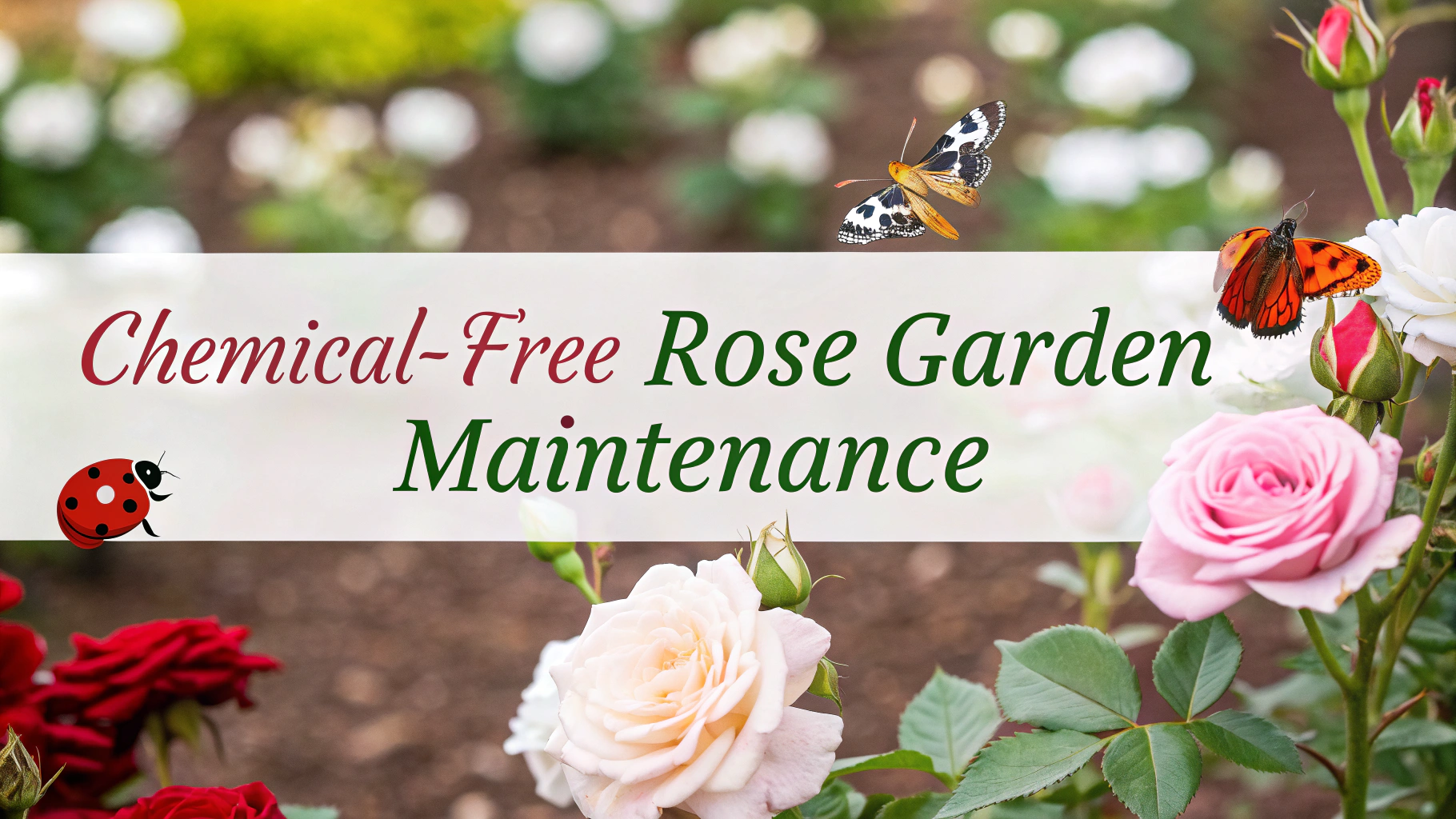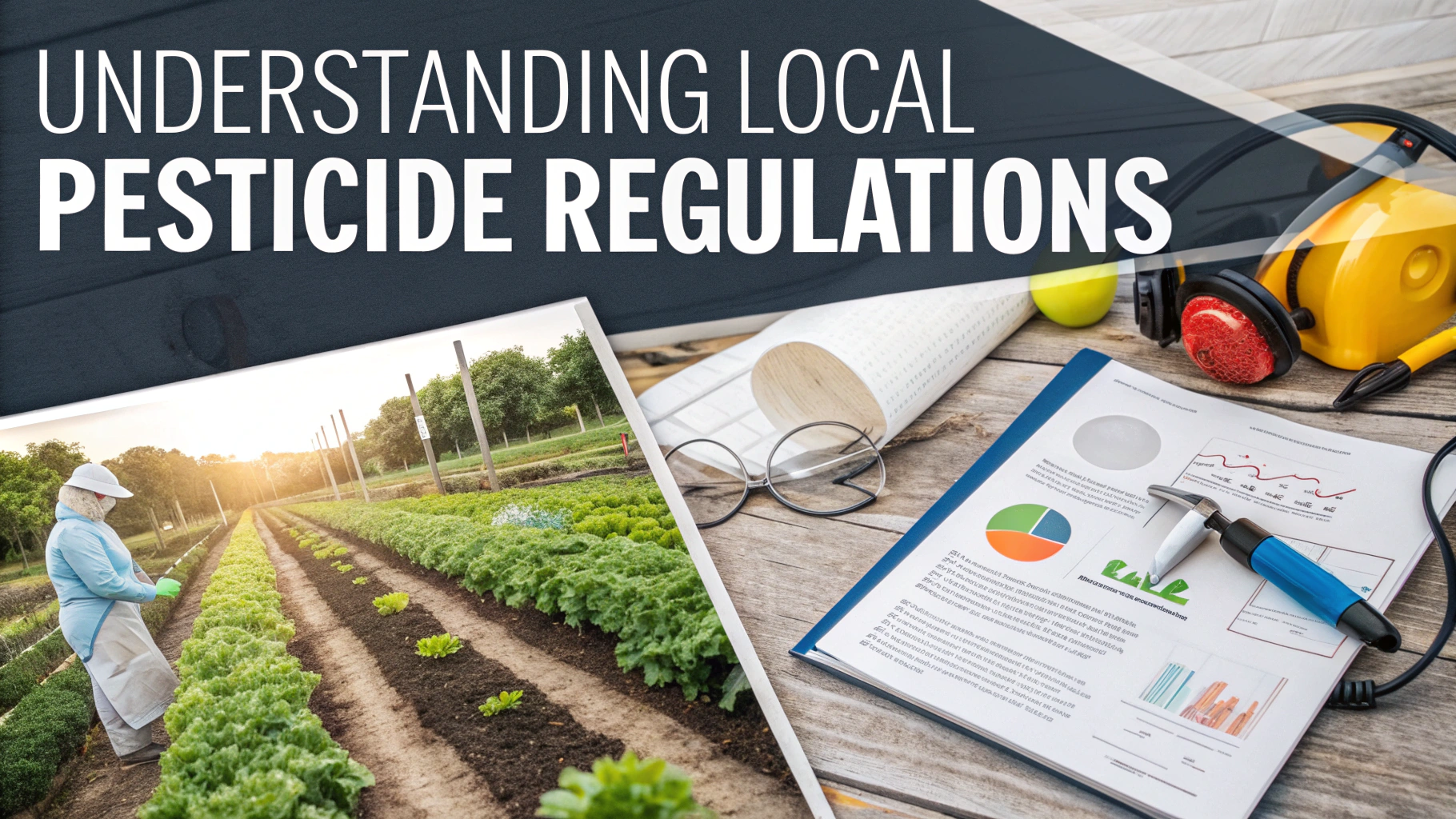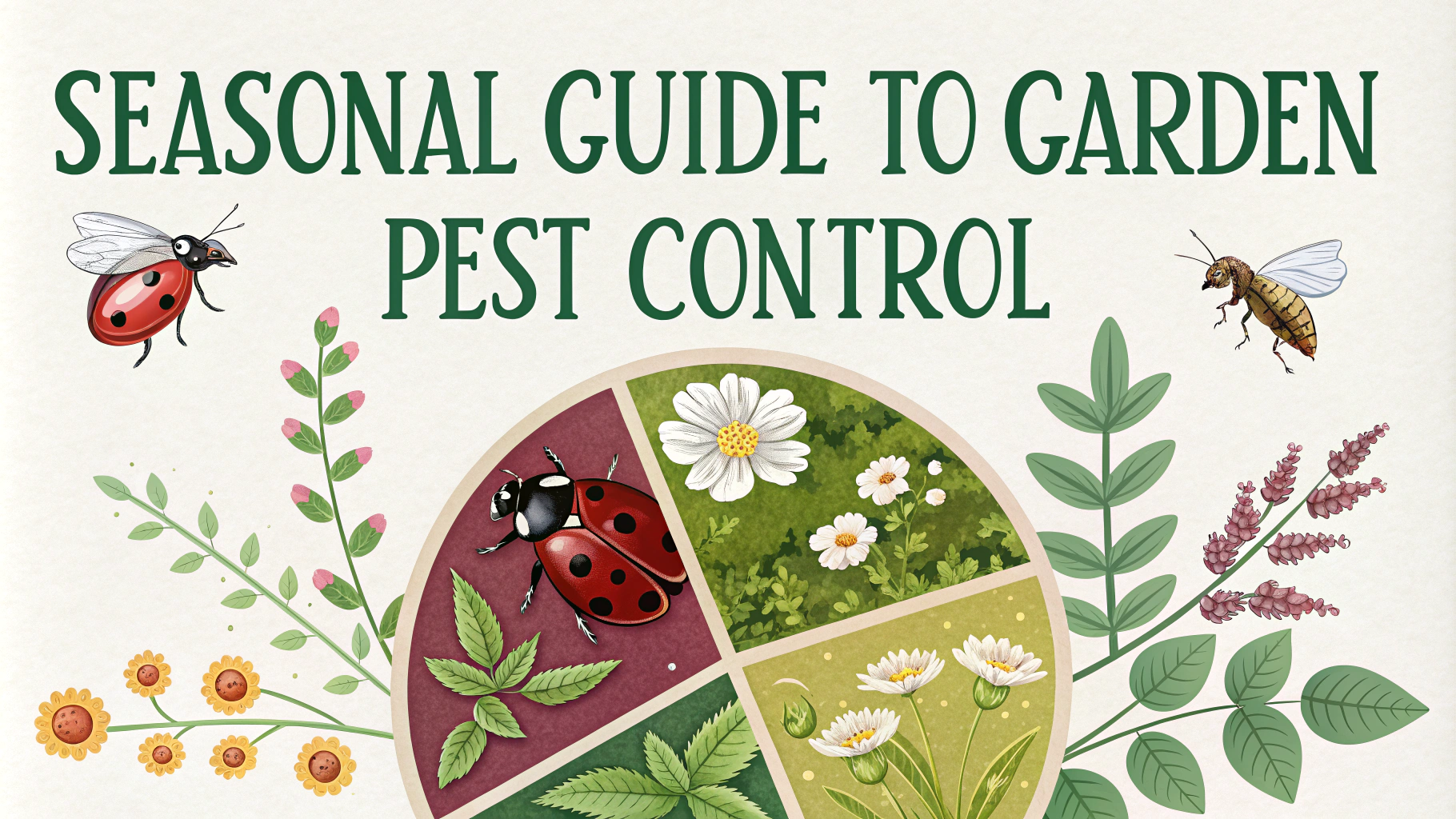Garden birds bring life, color, and natural pest control to our outdoor spaces, yet common pesticides can harm these beneficial visitors.
This guide helps you protect birds while maintaining a healthy garden.
Common Pesticides That Harm Birds
- Organophosphates – found in many insecticides
- Carbamates – used in garden sprays
- Neonicotinoids – common in seed treatments
- Rodenticides – can cause secondary poisoning
Signs of Pesticide Poisoning in Birds
- Wing droop or weakness
- Disorientation or erratic flight
- Tremors or seizures
- Loss of coordination
Safe Alternatives to Chemical Pesticides
- Neem oil spray for insects
- Diatomaceous earth for crawling pests
- Companion planting (marigolds, lavender)
- Physical barriers like netting
Bird-Safe Garden Practices
Create buffer zones between treated areas and bird feeders or baths.
Apply natural pest controls early morning or evening when birds are less active.
Store pesticides in secure, bird-proof containers.
Emergency Response
If you find a poisoned bird, contact your local wildlife rehabilitator immediately.
National Wildlife Rehabilitator Directory: Find a Rehabilitator
Prevention Tips
- Read product labels carefully
- Use spot treatments instead of broad applications
- Keep bird feeding areas pesticide-free
- Choose organic garden products when possible
Contact the National Audubon Society at 1-844-428-3826 for more information about bird protection.
| Common Garden Problem | Bird-Safe Solution |
|---|---|
| Aphids | Insecticidal soap, ladybugs |
| Slugs | Coffee grounds, eggshells |
| Caterpillars | Bt (Bacillus thuringiensis) |
| Weeds | Mulch, hand pulling |
Natural Bird Deterrents
Sometimes you may need to keep birds away from specific garden areas while protecting them from harm.
- Reflective tape or old CDs
- Wind chimes or bells
- Decoy predator birds
- Motion-activated sprinklers
Creating a Bird-Friendly Environment
Balance pest control with beneficial features that support local bird populations.
Habitat Elements
- Native plant species
- Dense shrubs for shelter
- Water features with moving water
- Various feeder types
Seasonal Considerations
- Spring: Avoid treatments during nesting season
- Summer: Focus on early morning applications
- Fall: Remove fallen fruit to prevent pest attraction
- Winter: Maintain clean feeding stations
Conclusion
A bird-safe garden requires careful planning and conscious pest management choices. By implementing natural solutions and creating wildlife-friendly spaces, gardeners can maintain healthy plants while protecting their feathered visitors. Regular monitoring and quick response to pest issues help minimize the need for chemical interventions.
Remember that birds are valuable garden allies, contributing to natural pest control and pollination. Their preservation benefits both your garden’s ecosystem and the broader environment.
FAQs
- How do pesticides affect garden birds?
Pesticides can harm birds through direct poisoning, reducing their food sources like insects, contaminating water sources, and causing reproductive issues including eggshell thinning. - What are the signs of pesticide poisoning in birds?
Signs include tremors, lethargy, loss of coordination, ruffled feathers, difficulty flying, rapid breathing, and in severe cases, death. - Which common garden pesticides are most harmful to birds?
Organophosphates, carbamates, neonicotinoids, and rodenticides are particularly dangerous to birds, either through direct exposure or secondary poisoning. - How can I protect birds while still controlling garden pests?
Use organic pest control methods like companion planting, beneficial insects, physical barriers, hand-picking pests, and natural solutions like neem oil or insecticidal soaps. - What is a safe distance to keep between pesticide application and bird feeders?
Maintain at least 50 feet between areas treated with pesticides and bird feeders, baths, or nesting areas. Remove feeders for at least two weeks after pesticide application. - How long should birds be kept away from treated areas?
Birds should be kept away from pesticide-treated areas for at least 2-3 weeks, depending on the chemical’s persistence and application rate. - What natural alternatives can I use instead of chemical pesticides?
Use biological controls like ladybugs, praying mantises, companion planting with marigolds or nasturtiums, and homemade solutions using garlic, hot pepper, or soap spray. - How do I safely dispose of pesticides to protect birds?
Never dump pesticides in gardens or drains. Follow local hazardous waste disposal guidelines, keep original containers, and take to designated disposal facilities. - What time of day is safest to apply necessary pesticides?
Apply early morning or evening when birds are less active, avoiding dawn and dusk feeding times, and never spray during windy conditions. - How can I create a bird-safe garden without using pesticides?
Plant native species, maintain healthy soil, practice crop rotation, encourage natural predators, use physical barriers like row covers, and accept some level of pest presence.
